
By Stan Lee, Jack Kirby, Dick Ayers & various (Marvel)
ISBN 0-7851-1309-6
Hot on the heels (I’m so sorry, I simply couldn’t help myself) of the runaway success of Fantastic Four, Stan Lee spun the most colourful and youngest member of the team into his own series, hoping to recapture the glory of the 1940s when the Human Torch was one of the company’s “Big Three†superstars.
Within a year of FF #1, the monster anthology title Strange Tales became the home for the hot headed hero (I just can’t stop!). In issue #101, cover dated October 1962, young Johnny Storm started his ancillary solo career with a mediocre script and stunning artwork as he promptly thrashed the Red spy called the Destroyer. Jack Kirby would pencil the first adventures, inked by Dick Ayers, which were scripted by Larry Lieber, over plots by his brother Stan.
An odd inconsistency did crop up here. Although public figures in the Fantastic Four, Johnny and his sister Sue lived part-time in the rural New York hamlet of Glenville. Although they know and admire her as the glamorous Invisible Girl, the populace seem oblivious to the fact that her brother is the equally famous Torch. Many daft pages of Johnny protecting his secret identity would ensue before the situation was brilliantly resolved.
Although something of a hit-or-miss proposition, this strip was the origin point for many of Marvel’s greatest villains. The first of these appears in the very next tale ‘Prisoner of the Wizard’ by the same creative team, who remained together to produce the classic ‘Prisoner of the 5th Dimension’, the not so great ‘Paste-Pot Pete!’, and ‘Return of the Wizard’.
As Kirby took a brief leave of the strip, and Ayers assumed full art duties ‘The Threat of the Torrid Twosome’ revealed that the entire town knew the Torch’s secret but were just playing along to keep him happy. This first hint of tongue-in-cheek whimsy presaged an increasing lightness of touch that would come to characterise the Marvel style as much as the infighting between team-mates. The villainous Acrobat would return in another milestone in issue #114.
Issue #107 would be Lieber’s last as Ayers drew a splendid punch-up with the Sub-Mariner in a tale reminiscent of the Golden Age battles of their publishing forebears. Veteran writer Robert ‘Berns’ Bernstein scripted the next two, frankly daft, yarns over Lee plots, but the saving grace of both ‘The Painter of a Thousand Perils!’(ST #108) and ‘The Sorcerer and Pandora’s Box’ (ST #109) was the brief return of Jack Kirby to the pencilling. H.E. Huntley (Ernie Hart) typed the words for Dick Ayers to illustrate when the Wizard and Paste-Pot Pete teamed up, (as they eventually would again as the FF’s evil counterparts the Frightful Four). In the next issue the Torch made short work of the Asbestos Man (oh, the tragedy of simpler times).
With the exception of the all-star team-up from Strange Tales Annual #2, featuring a terrific romp guest-starring Spider-Man, by Lee, Kirby and Steve Ditko, and the aforementioned issue #114, the next few issues are relatively minor efforts. Jerry Siegel, writing as Joe Carter, introduces the Eel in ‘The Living Bomb’ and The Plantman in ‘The Coming of the Plantman’, before Lee takes over as scripter with ST #115’s ‘The Sandman Strikes!’.
The Puppet Master was the villain in #116, which guest-starred the Thing, with George Roussos inking Ayers in his own secret identity of George Bell; The Eel returned in #117, and in #118 the Wizard had another go at the flaming Kid, and the Thing and Reed Richards besides. A first brush with Marvel’s soon to be core readership came in #119 where ‘The Torch Goes Wild!’ due to a “Commie Agent†called the Rabble Rouser who mesmerises decent college students, making them surly and rebellious.
Why was Strange Tales #114 so important? It featured the return of another Golden Age hero – or at least an impersonation of him by the insidious Acrobat — was written by Stan Lee and illustrated by Jack Kirby and Dick Ayers. Here’s a quote from the last panel.
“You guessed it! This story was really a test! To see if you too would like Captain America to Return! As usual, your letters will give us the answer!†I wonder how that all turned out?
Kirby was also on hand for #120 as ‘The Torch Meets Iceman!’, a terrific action extravaganza that pretty much ended the glory days of this strip. From then on, despite all the gimmicks the Bullpen could muster, a slow decline set in as the quirky back-up strip Doctor Strange grew in popularity – and cover space.
Issue #121 brought back the Plantman, issues #122 and #129 featured the woefully lame ‘Terrible Trio’ and #123 saw ‘The Birth of the Beetle!’. The ever-present Thing became an official co-star when they battled the re-designed Paste-Pot Pete, who only needed to change his name to The Trapster to be finally taken seriously. In ST #125 the heroes fought the Sub-Mariner once more, and then handled the Puppet Master and the Mad Thinker in #126. They quickly worked out the identity of ‘The Mystery Villain’ in #127 but had a little more difficulty with ‘Quicksilver and the Scarlet Witch’ in #128.
Pop culture reeled with #130 in ‘Meet the Beatles’ (some sort of pop group, not villains – and they actually didn’t) although the brilliant Bob Powell did take over the art chores, with inking from Chic Stone. Ayers returned to ink #131, the dire ‘Bouncing Ball of Doom!’, and Larry Ivie wrote a capable thriller in ‘The Sinister Space Trap!’.
Lee returned for the last two tales ‘The Terrible Toys’ and ‘The Challenge of… The Watcher!’ (ST #133 and #134) but it was clear that his mind was elsewhere, most likely the new Nick Fury, Agent of S.H.I.E.L.D. strip that would replace the Torch and thing in Strange Tales #135.
It is interesting to note that as the parent Fantastic Four title grew in scope and quality this feature diminished. Perhaps there is something to be said for concentrating one’s efforts or not overexposing your stars. What was originally a spin-off for the younger audience faded as Marvel found its voice and its marketplace, although there would be periodic efforts to reinvigorate the Torch.
The historic value sadly does supersede the quality of most of these strange tales, but there’s still a good deal that’s great about this series.
© 1962, 1963, 1964, 1965, 2003, 2007 Marvel Characters, Inc. All Rights Reserved.
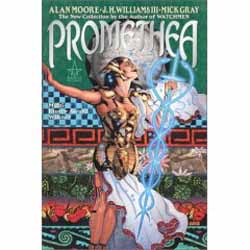

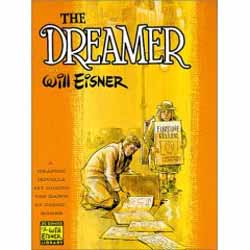
 Â
 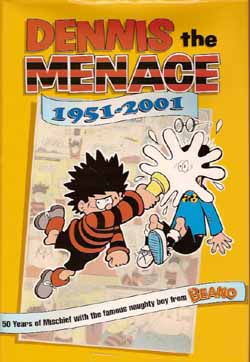
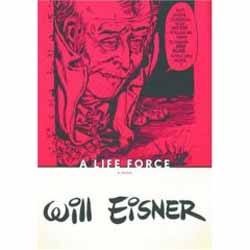 Â
 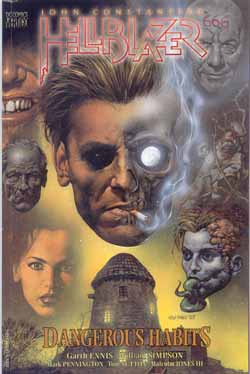 Â
 
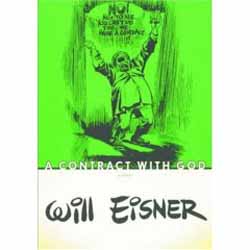
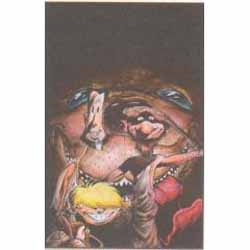 Â
 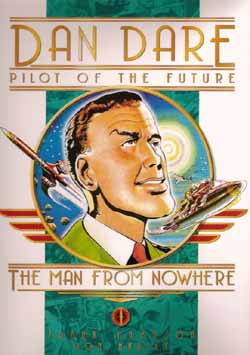 Â
Â